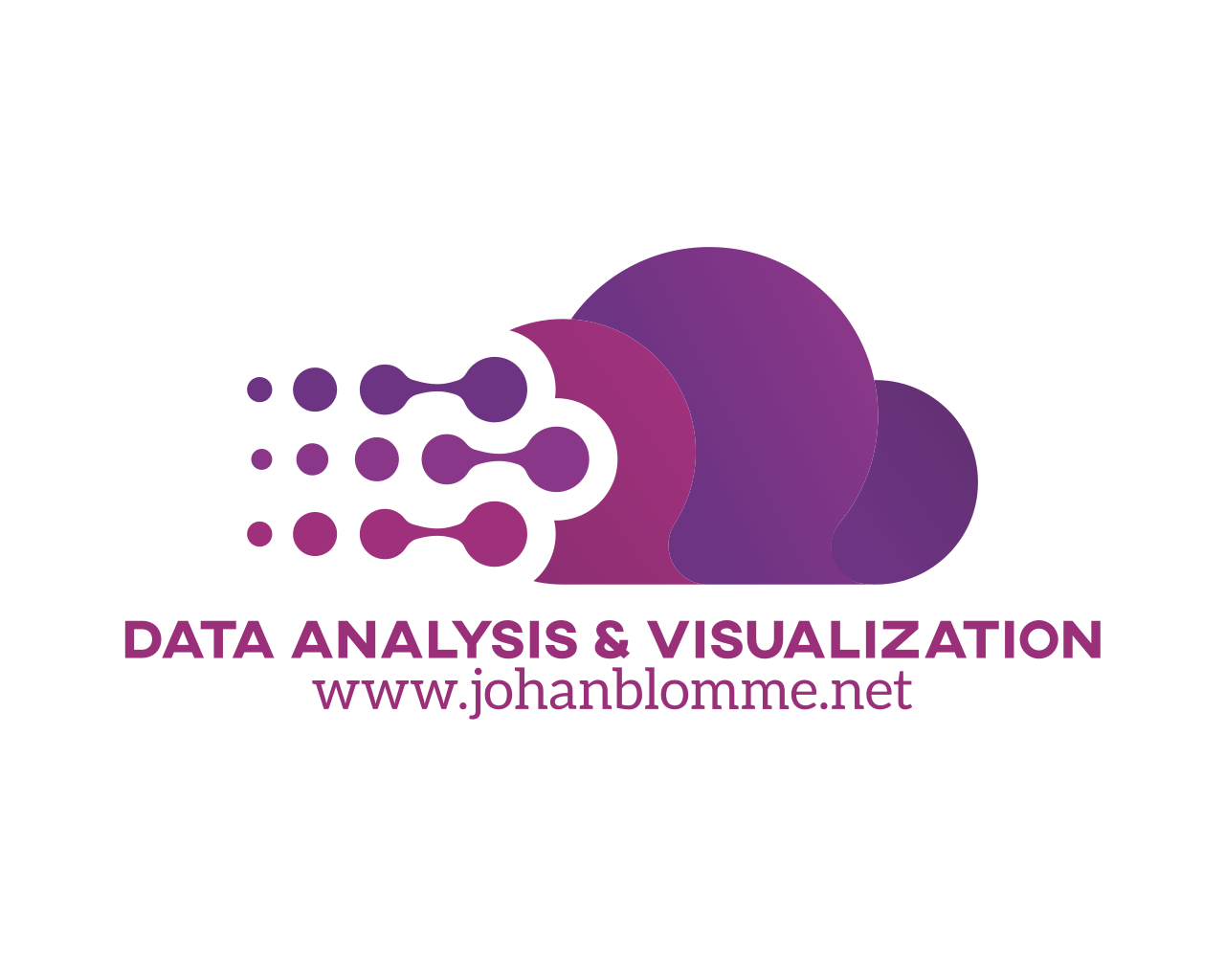GIS-based spatial modeling of crime
In this blog post we use geographically weighted regression (GWR) to explore local patterns in crime prediction in Belgian municipalities. GWR has become an exploratory analytic tool to provide information on spatial nonstationarity in relationships between predictors and the outcome variable.
Basically, we developed two models to investigate the relative importance of socio-economic and demographic covariates of crime. First, to improve the performance of the global ordinary least square model (OLS) in predicting crime, we employed spatial lag and spatial error models to investigate spatial nonstationarity. While these models improved the performance of the OLS model, the GWR model explains the highest variation in crime. The use of GWR allows for an assessment of spatial heterogeneity when exploring the relationships between predictor variables and crime rates. Predictor variables as well as crime rates showing strong local variation point to problems that policy makers best address at the local level.
Mapping the effects of significant explanatory variables on spatial variability of crime rates provides insights for targeted interventions.
